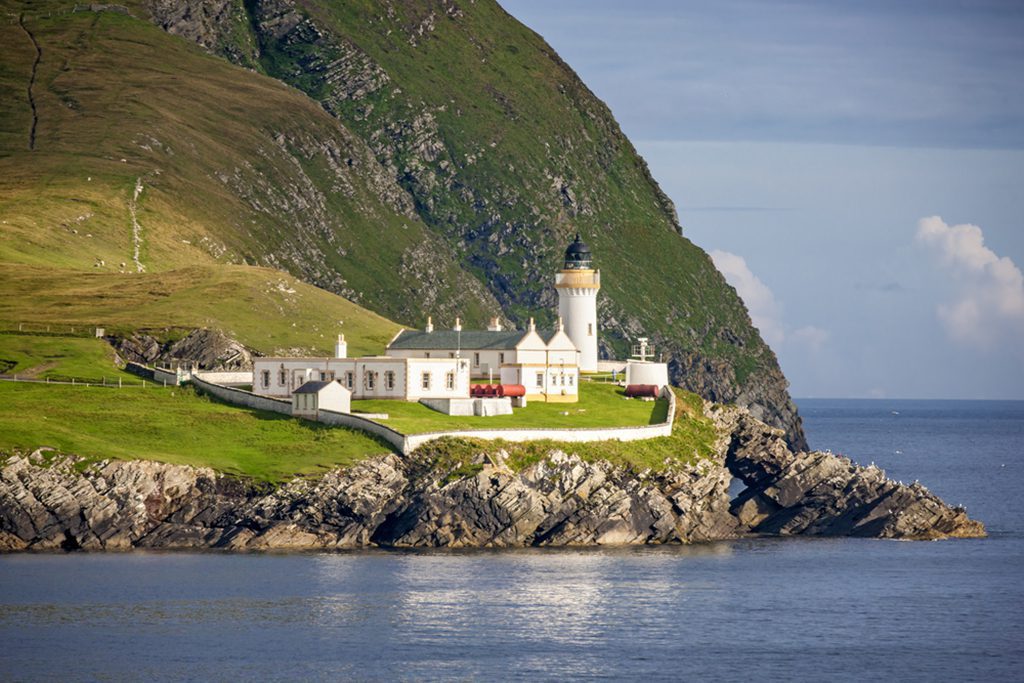Scotland is recognized for its stunning lochs, crumbling castles, and mesmerizing beauty, in addition to its rich history and traditions. Edinburgh and Glasgow, both historic and modern cities, are among the world’s best, while the Scottish Highlands, Loch Ness, and the picturesque valleys and peaks of Glencoe are among the country’s most renowned and well-known destinations, attracting tourists from all over the globe.
Scotland, which takes up about a third of Great Britain, is sandwiched between the North Sea and the Atlantic Ocean, with England to its south. The Hebrides, Orkneys, and Shetlands are only a few of the hundreds of remote isles that dot its long and beautiful coastline. Though its stunning lochs, mountains, and valleys steal the show, the region also has enclaves of unspoiled forests, blustery moors, and mirky bogs.
Many tourists stop in one of Scotland’s two major cities, Edinburgh or Glasgow, before venturing out to the country’s picturesque landscape. The former is renowned for its excellent shopping, fantastic museums, and lively nightlife scene, while the latter is home to several of Scotland’s most iconic sites, including Edinburgh Castle and Arthur’s Seat, and holds the world’s biggest arts festival.
After visiting these two wonderful cities, most tourists go on amazing trips to nearby landmarks, including Loch Ness, Loch Lomond, and Ben Nevis. Some visitors are drawn to the nation by the rugged beauty of Cairngorms National Park, while others are captivated by the stark contrast of the country’s shoreline or by the amazing medieval “Border Abbeys” and castles that dot the south.
Travelers having more time on their hands may spend it exploring the stunning landscapes and wildlife of the Outer Hebrides, which include the islands of Skye, St. Kilda, and Arran. Known as the “Queen of the Hebrides,” Islay is a beautiful island with fascinating museums and top-notch distilleries.
Scotland, in the far northern part of Great Britain, is home to a variety of beautiful landscapes and dramatic topography and is well-known for its magnificent lochs and ancient castles, many of which can be found in the stunning Scottish Highlands.
Scotland has a long and rugged coastline that stretches from the Atlantic Ocean to the North Sea, and offshore you’ll find the stunning Orkney and Shetland islands as well as the wild, mountainous Hebrides.
Scotland really has something for everyone, from its rolling valleys and vast forests to its dynamic cities like Glasgow and Edinburgh.
1. South West
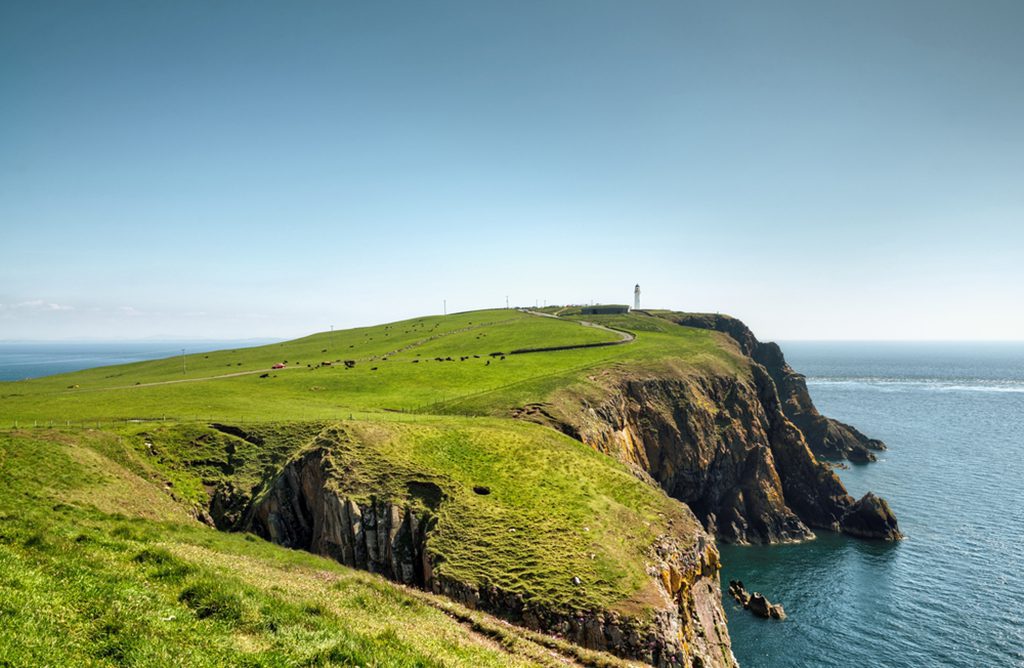
The lowlands of south-west Scotland are a beautiful portion of the country, comprised mostly of rural areas and stunning landscape. The “Glasgow Riviera” is an especially beautiful stretch of coastline.
Seaside towns and villages dot the Clyde shoreline, providing a pleasant contrast to the region’s vast, verdant farmlands. Travelers go to Ayr, Scotland, to pay their respects at the various memorials and museums honoring Robert Burns, the national poet of Scotland.
The Isle of Arran is the undisputed highlight; its expansive valleys and towering hills provide for some wonderful hiking. The laid-back towns of Largs and Girvan are particularly delightful to walk about. In addition, nearby Holy Island has beautiful scenery, a Buddhist monastery and community of monks, and excellent hiking trails, all of which make it well worth a visit.
2. Borders

Borders, located in southeastern Scotland near the English border, has a remarkable variety of natural environments. Its rough hills and mountains were the sites of many skirmishes and wars between the natives and the English.
The ancient Scottish kings were eager to assert their authority over the area because of its closeness to the south, so they constructed several forts and watchtowers there, as well as the stunning “Border Abbeys” of Dryburgh, Kelso, Jedburgh, and Melrose. Historical sites abound in the area, and many magnificent stately residences can be seen as well, including the noteworthy homes of Mellerstain and Paxton.
It would be impossible to miss the region’s stunning natural beauty while visiting its many charming towns and historical landmarks. Some of the most beautiful coastline can be seen along the Pennine Way, Southern Upland Way, and St. Cuthbert’s Way.
3. Central Belt
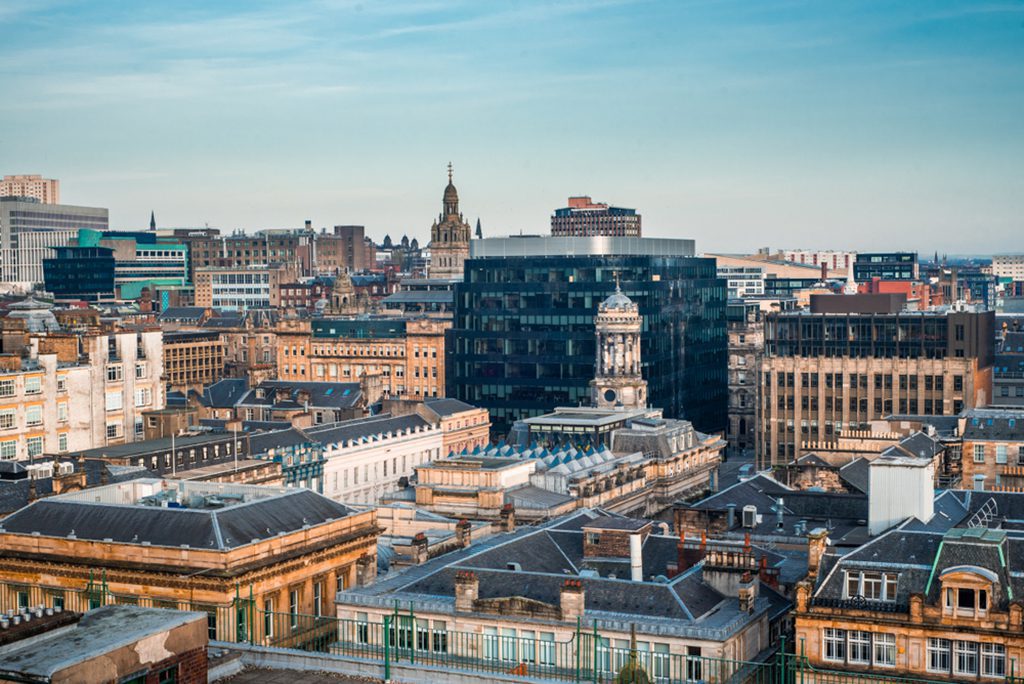
The majority of Scots live in the Central Belt, which includes the cities of Glasgow and Edinburgh. The area spans the whole width of Scotland, from the North Sea to the Atlantic, so even in its more urbanized sections, there is still enough beautiful landscape to explore.
Spectacular landmarks like Edinburgh Castle, Arthur’s Seat, and Glasgow Cathedral, as well as a diverse collection of stunning architecture and structures, make these two cities naturally popular with tourists. It’s also worth your time to check out Stirling and Paisley, both of which have plenty of historical landmarks and beautiful landscapes.
The Central Belt offers a beautiful landscape to explore, and its rough shoreline is dotted with sleepy fishing villages that seem to have been untouched by time. In the west, on the boundary with the Highlands, are the magnificent Loch Lomond and the Trossachs National Park.
4. Highlands
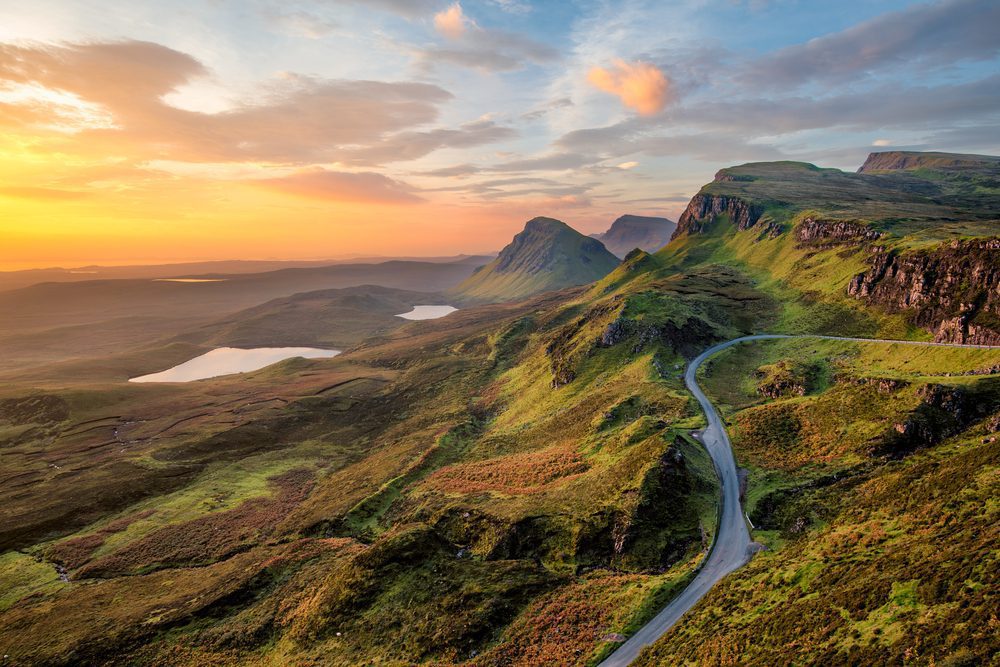
The Highlands are the most well-known part of Scotland and have some of the country’s most breathtaking natural beauty. The iconic picture of Scots in kilts and tartan emerged here, amid the wild lochs and mountain-riddled glens and valleys.
The area is rich in natural treasures, with Loch Ness, Loch Lomond, and Ben Nevis among the most well-known. Beautiful landscapes and diverse species can be found in Scotland’s national parks, such as Loch Lomond, the Trossachs, and the Cairngorms.
The Highlands are ideal for outdoor activities like cycling and hiking due to the beautiful scenery and plenty of scenic trails that wind through the region’s stunning glens and mountains. Wonderful castles, such as Dunrobin and Eilean Donan, are scattered across the area. Gateway cities like Inverness, Inveraray, and Mallaig provide access to the stunning landscapes in all directions.
5. North East Scotland
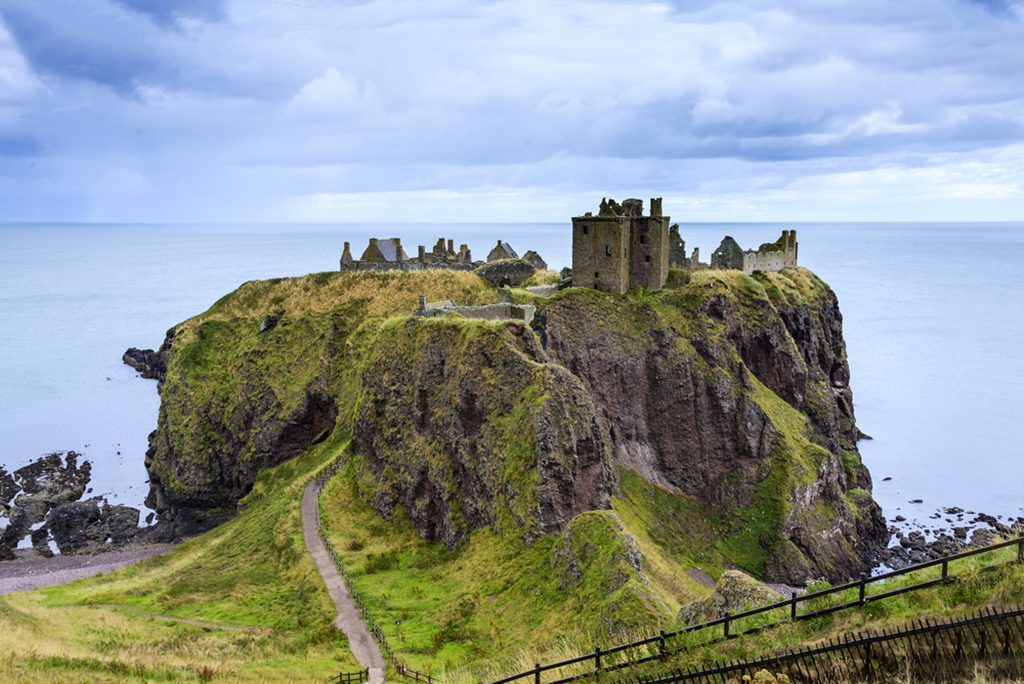
Much of Scotland’s North Sea shoreline can be found in north-east Scotland, which is centered on the cities of Aberdeen, Dundee, and Perth. The rugged coastline is dotted with small fishing villages and picturesque coastal paths and is characterized by high cliffs, rocky outcrops, and barren beaches.
The country’s three largest cities attract the most visitors because of the abundance of cultural institutions and historical landmarks they have. The highlands and hills in the interior, however, provide a dramatic contrast to the seemingly endless heaths and forests found there.
North-east Scotland is also rich in history, and the region is home to many spectacular castles, including the Crathes, Fraser, and Fyvie castles. Popular tourist destinations include the coastal ruins of Dunnottar and the royal family’s private estate of Balmoral.
6. Hebrides

The Hebrides are a collection of islands off the northwest coast of Scotland, and they include some of the most breathtaking scenery in all of the British Isles, including stunning mountains, picturesque coastlines, and verdant forests.
The persistent precipitation gives the astonishing rock formations and meadows a dazzling shine, contributing much to the abundance of nature on display. Hiking is quite popular on the uninhabited islands, and water activities are becoming more popular.
The numerous beautiful islands of the Outer and Inner Hebrides may be visited by ferry; the trips over the glistening waters to destinations like Barra, Lewis, and St. Kilda will remain in the mind for a very long time, but the crown jewel of the group is the Isle of Skye.
7. Orkney Islands
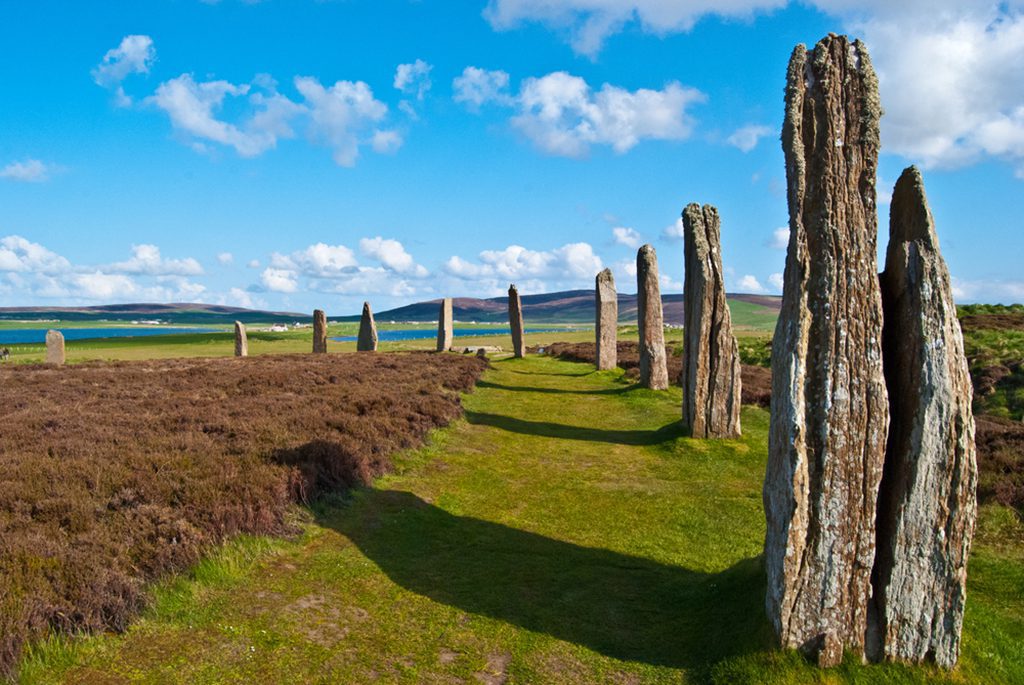
The Orkney Islands, off the northern coast of mainland Scotland, are a stunning destination. The only issue is, “Where to start?” since the archipelago consists of more than 70 individual islands.
Attractive towns like Kirkwall, Stromness, and Stenness can be found on the mainland, where the vast majority of the region’s inhabitants reside. Ancient settlements and burial cairns await you on other islands, including Hoy and South Ronaldsay.
The North Isles are a popular destination for nature lovers and birdwatchers due to their secluded location and pristine landscape. The Orkney Islands are known for their beautiful landscape, which consists mostly of serene green meadows and rich farmland with lochs and rocky inlets dotted throughout.
8. Shetland Islands
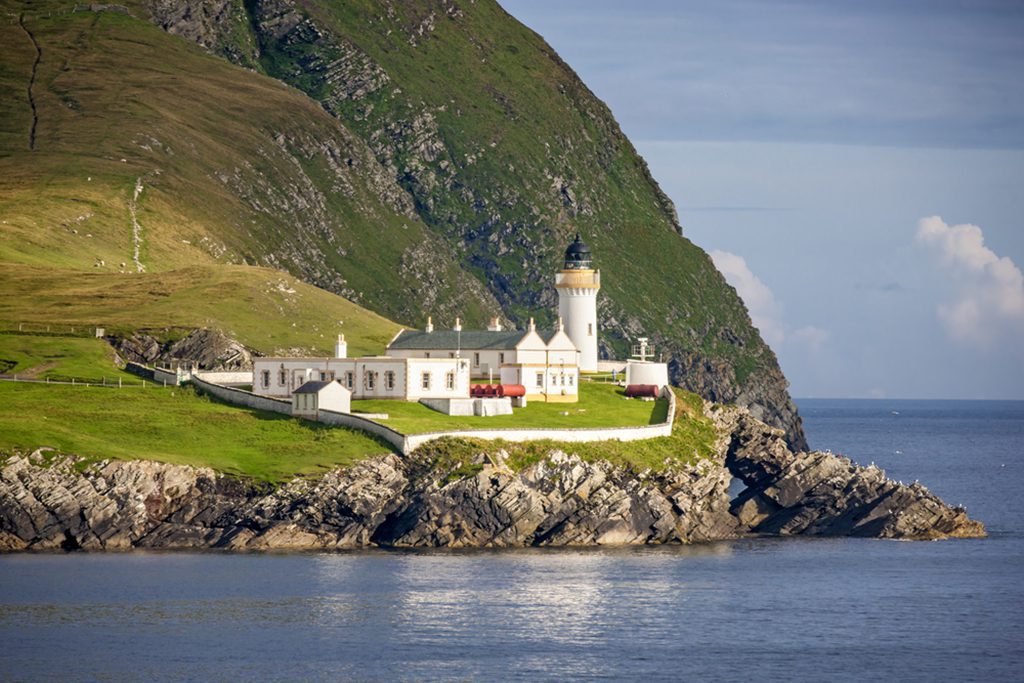
Shetland Islands, farther north than the Orkneys, are the most remote part of Great Britain. The archipelago’s one hundred or more islands are perfect for anyone in need of a quiet getaway, thanks to their secluded location.
Most of the islands are low-lying and completely treeless; thus, the old inhabitants had to rely on stone for their construction needs. Because of this, there are several archaeological sites dispersed around the region, the most notable of which are located in Walls and Jarlshof.
Lerwick and Unst are two of the few noteworthy towns in the area, and they both have amazing landscapes and ancient landmarks that date back centuries. There are many examples of lonely, otherworldly beauty on display in the Shetland Islands.
Boat tours across the archipelago are a popular and required sport if you wish to get from one island to another, and you’ll discover a plethora of species hidden amid its numerous fjords and inlets.


